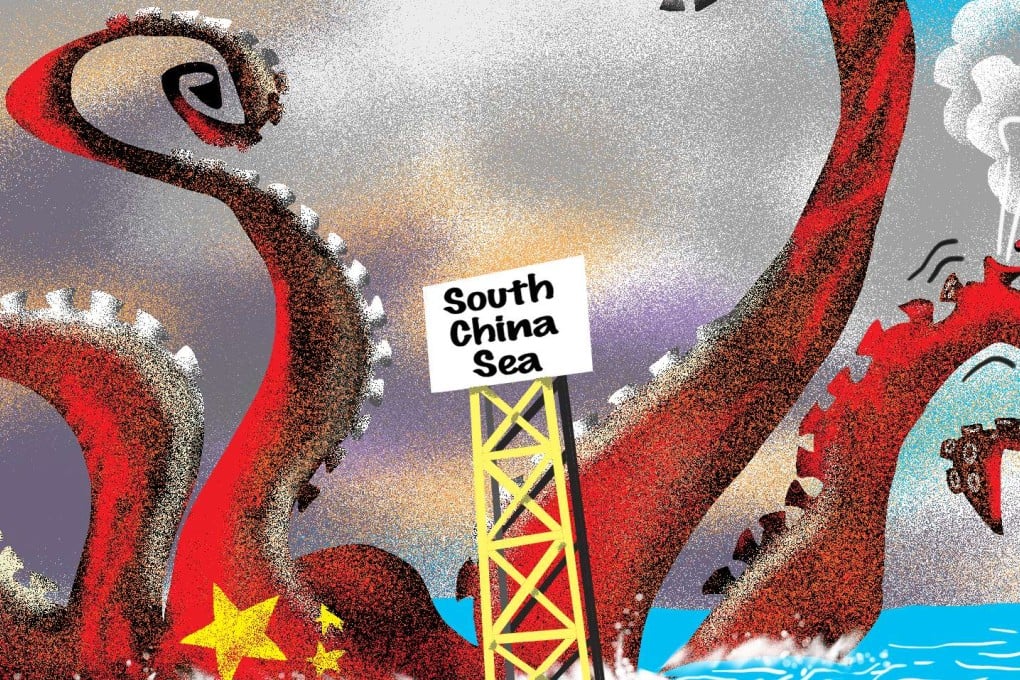Debunking 10 myths about China and the South China Sea
Wang Wen says if peace and development in the South China Sea are to continue, there is a need to clarify the misunderstandings that abound about Beijing’s legally sound claims, intentions and activities in the region


Myth No 1: China’s stance against the South China Sea arbitration violates international law. By initiating the arbitration case, the Philippines was the one that broke its own commitment made in the Declaration on the Conduct of Parties in the South China Sea, signed between China and members of the Association of Southeast Asian Nations, which states that disputes should be resolved by those countries directly involved, through friendly consultations and negotiations.
A UN ruling against China won’t help resolve the South China Sea dispute with the Philippines
Based on the declaration, China’s stance on the arbitration has been firm and clear, which can be summarised as “non-acceptance, non-participation, non-recognition, and non-execution”.
The nature of the dispute involves two separate issues: one is the sovereignty claim over Nansha Islands, and the other is maritime rights. Not only are territorial issues beyond the scope of the UN Convention on the Law of the Sea, China had also lodged a declaration with the UN in 2006 – in accordance with Article 298 of the Law of the Sea – that it does not accept any of the compulsory dispute settlement procedures with regard to disputes on maritime delimitation. Thus, neither can the Philippines initiate a compulsory arbitration under this convention, nor does the Permanent Court of Arbitration at The Hague have the jurisdiction to adjudicate on the case.
The Philippine conduct violates the fourth article of the Declaration on the Conduct of Parties, abuses the Law of the Sea arbitration procedures, and infringes China’s right to choose the means of dispute settlement, and is thus illegal.

